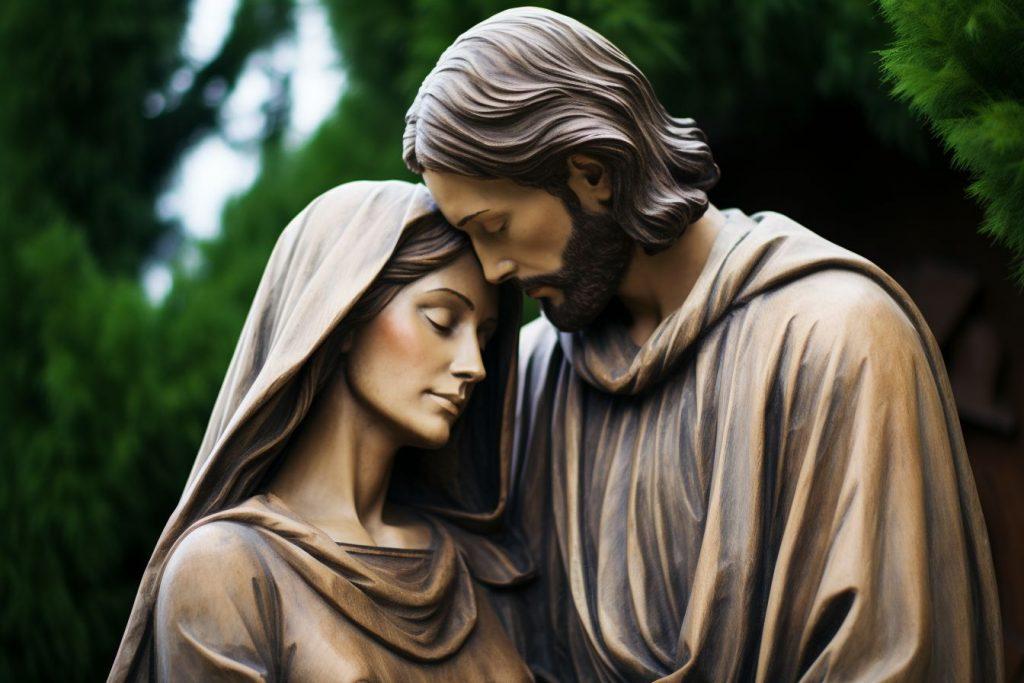Introduction
One of the most common questions when it comes to understanding the Catholic faith is the role of Sacred Tradition and Sacred Scripture. People often wonder: is one more important than the other? Are they two separate sources of authority? As a Catholic scholar, it’s essential to clarify that these two aren’t in competition but are, in fact, two essential aspects of a single source of divine revelation. This article aims to discuss this balanced view, grounded in the teachings of the Catholic Church.
Two Sides of the Same Coin
To set the stage, let’s start by understanding what Sacred Scripture and Sacred Tradition are. Sacred Scripture is what we commonly know as the Bible—comprising the Old and New Testaments. On the other hand, Sacred Tradition is the handing on of the teachings of Jesus Christ, as passed down through the Apostles and their successors.
The Catechism of the Catholic Church states, “Sacred Tradition and Sacred Scripture, then, are bound closely together and communicate one with the other.” (CCC 80). So, it’s not a matter of Tradition vs Scripture but rather Tradition and Scripture. They’re two sides of the same coin, complementary rather than contradictory.
Sacred Tradition: A Living Guide
The beauty of Sacred Tradition lies in its living nature. It isn’t something stale but continues to be passed down through the Church’s teachings, life, and worship. Sacred Tradition serves to interpret and safeguard Sacred Scripture. The teachings may be formalized in Church councils or expressed in the works of the Church Fathers and theologians.
The Catechism explains, “Through Tradition, ‘the Church, in her doctrine, life and worship, perpetuates and transmits to every generation all that she herself is, all that she believes.'” (CCC 78). This makes Sacred Tradition not an independent source of revelation but one that works hand in hand with Sacred Scripture to convey the fullness of the truth.
Sacred Scripture: The Written Word of God
Sacred Scripture holds a special place as the written word of God. According to St. Paul, “All Scripture is inspired by God and profitable for teaching, for reproof, for correction, and for training in righteousness” (2 Timothy 3:16). Scripture offers us direct access to the teachings, actions, and life of Christ. It serves as a constant reference point for the faith.
But we should remember that the Bible did not drop down from heaven fully formed. It was recognized and canonized through the living Tradition of the Church. Thus, interpreting the Bible apart from Tradition could lead to misunderstandings.
One Source of Divine Revelation
The Church teaches that both Sacred Tradition and Sacred Scripture form one sacred deposit of the Word of God, which is entrusted to the Church (CCC 97). Thus, both are necessary for conveying the truths of the faith.
In the words of the Second Vatican Council, “Sacred Tradition and Sacred Scripture make up a single sacred deposit of the Word of God, which is entrusted to the Church” (Dei Verbum, 10). This teaching indicates that it’s not an ‘either-or’ but a ‘both-and’ relationship.
Interpreting Scripture Through the Lens of Tradition
The Early Church Was the Catholic Church
The Case for Catholicism - Answers to Classic and Contemporary Protestant Objections
Meeting the Protestant Challenge: How to Answer 50 Biblical Objections to Catholic Beliefs
A critical point to note is the role of the Magisterium—the Church’s teaching authority—in interpreting both Sacred Tradition and Sacred Scripture. The Magisterium is not above the Word of God but serves it, teaching only what has been handed on (CCC 86). It ensures the proper interpretation and understanding of the faith.
The Church holds that “the task of interpreting the Word of God authentically has been entrusted solely to the Magisterium of the Church, that is, to the Pope and to the bishops in communion with him.” (CCC 100). By doing so, the Church safeguards against incorrect interpretations, keeping the teachings consistent and true to the teachings of Christ.
Practical Implications
So, how does this balanced view of Sacred Tradition and Sacred Scripture affect the average Catholic? It means that one should not just read the Bible in isolation but should also engage with the teachings, rites, and practices of the Church. This is how we can fully understand the Word of God in its richness and depth.
Conclusion
In summary, Sacred Tradition and Sacred Scripture are not in competition but are intrinsically connected. Both are essential for a well-rounded understanding and practice of the Catholic faith. They come from the same divine source and aim at the same salvific truth. As the Church teaches, “both of them, flowing out from the same divine well-spring, come together in some fashion to form one thing and move towards the same goal” (CCC 80).
By holding both in high regard, we adhere to the fullness of the faith, just as the Apostles did, and just as Christ intended.
🙏 Your PayPal Donation Appreciated
Disclaimer
As an Amazon Associate, I earn from qualifying purchases. Thank you.
Note: While content aims to align with Catholic teachings, any inconsistencies or errors are unintended. For precise understanding, always refer to authoritative sources like the Catechism of the Catholic Church. Always double-check any quotes for word-for-word accuracy with the Bible or the Catechism of the Catholic Church.

